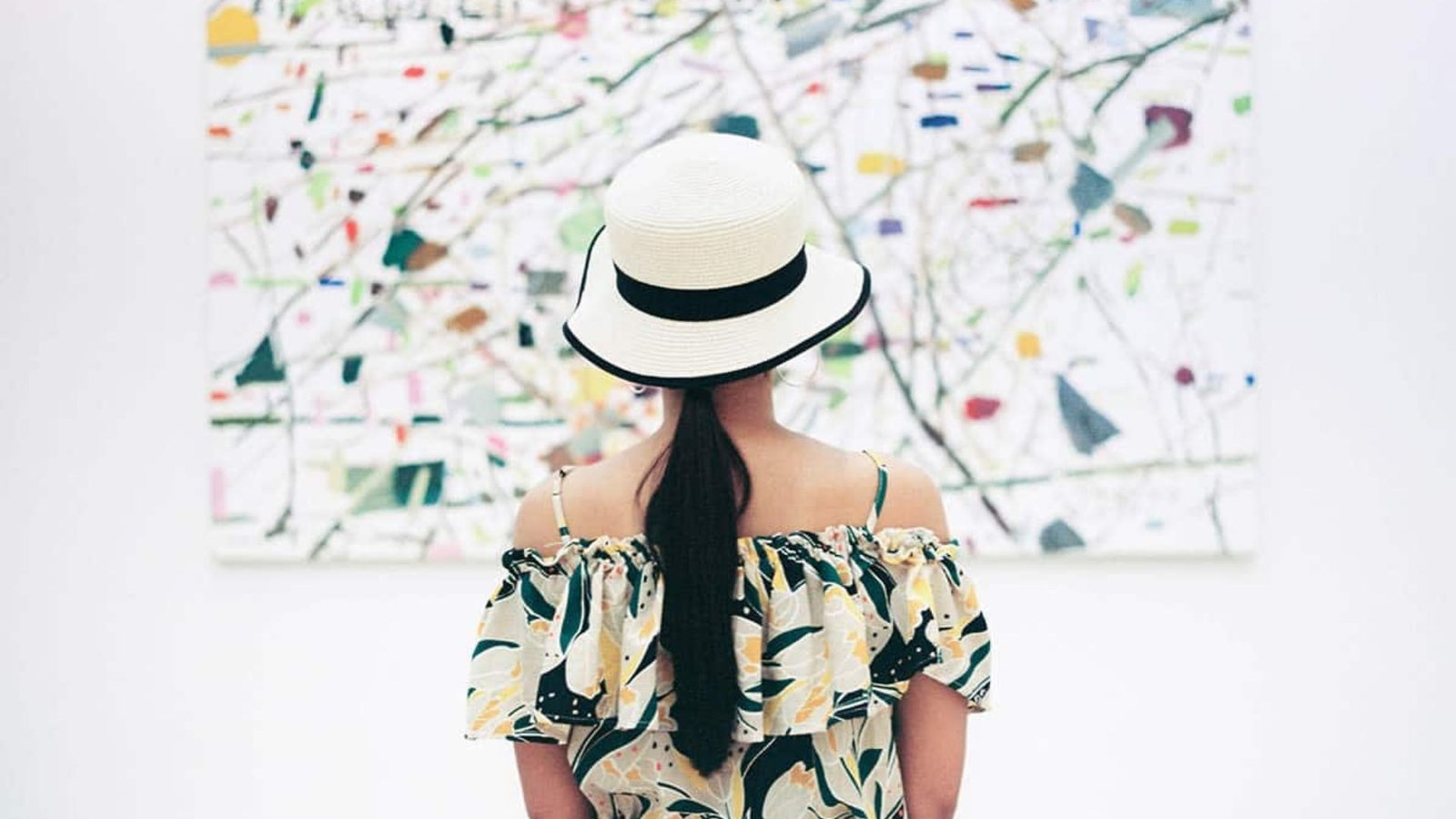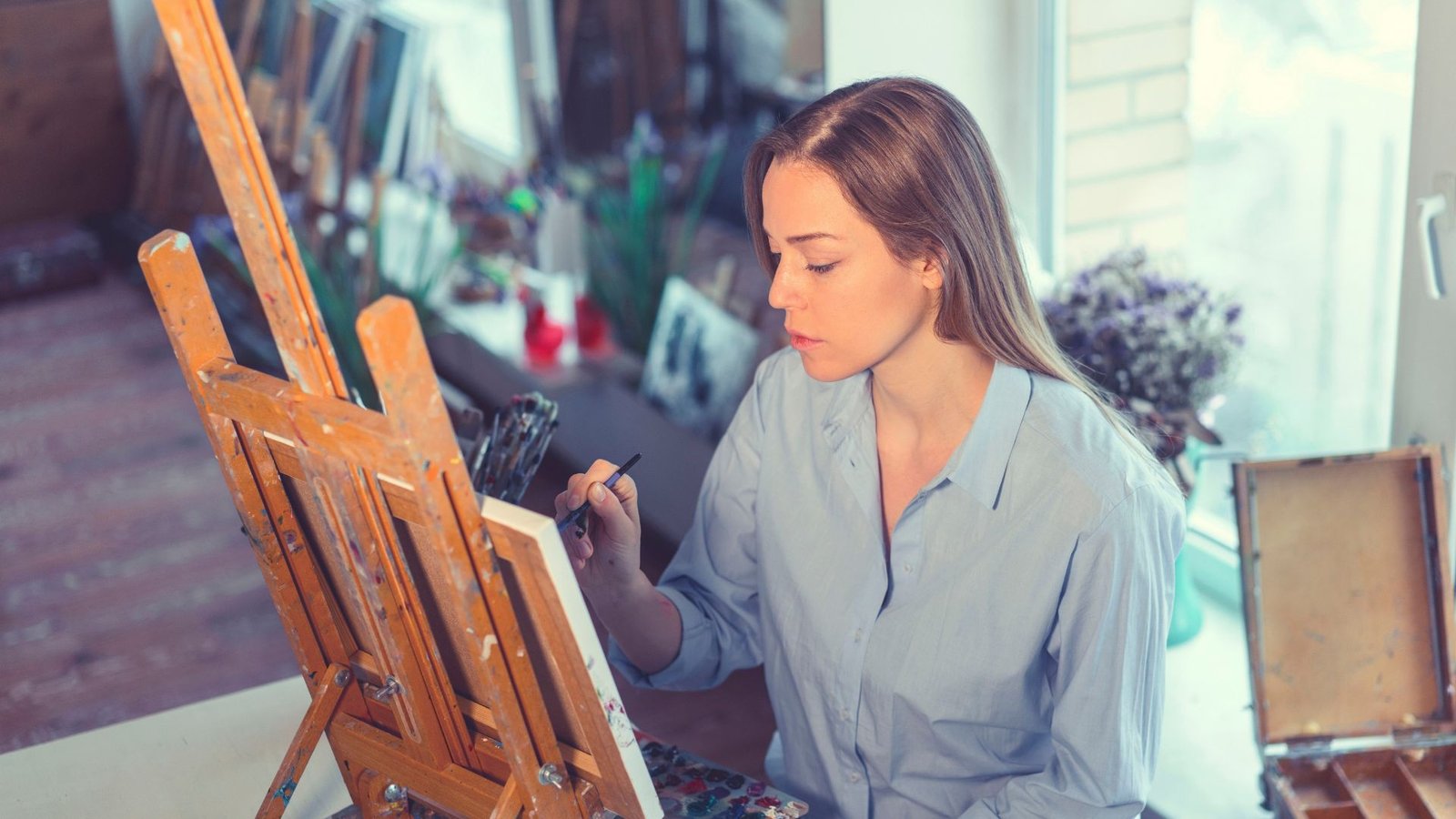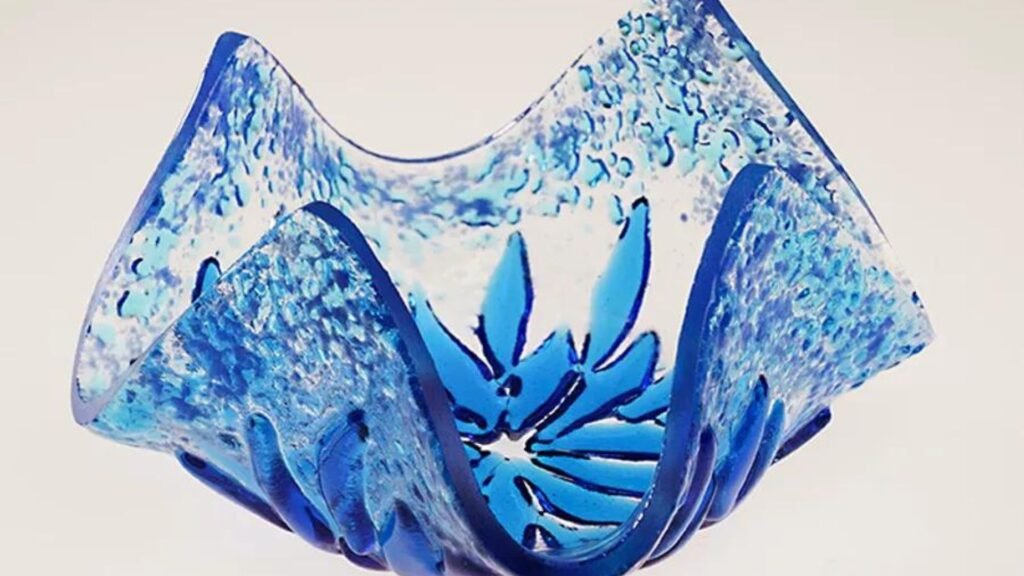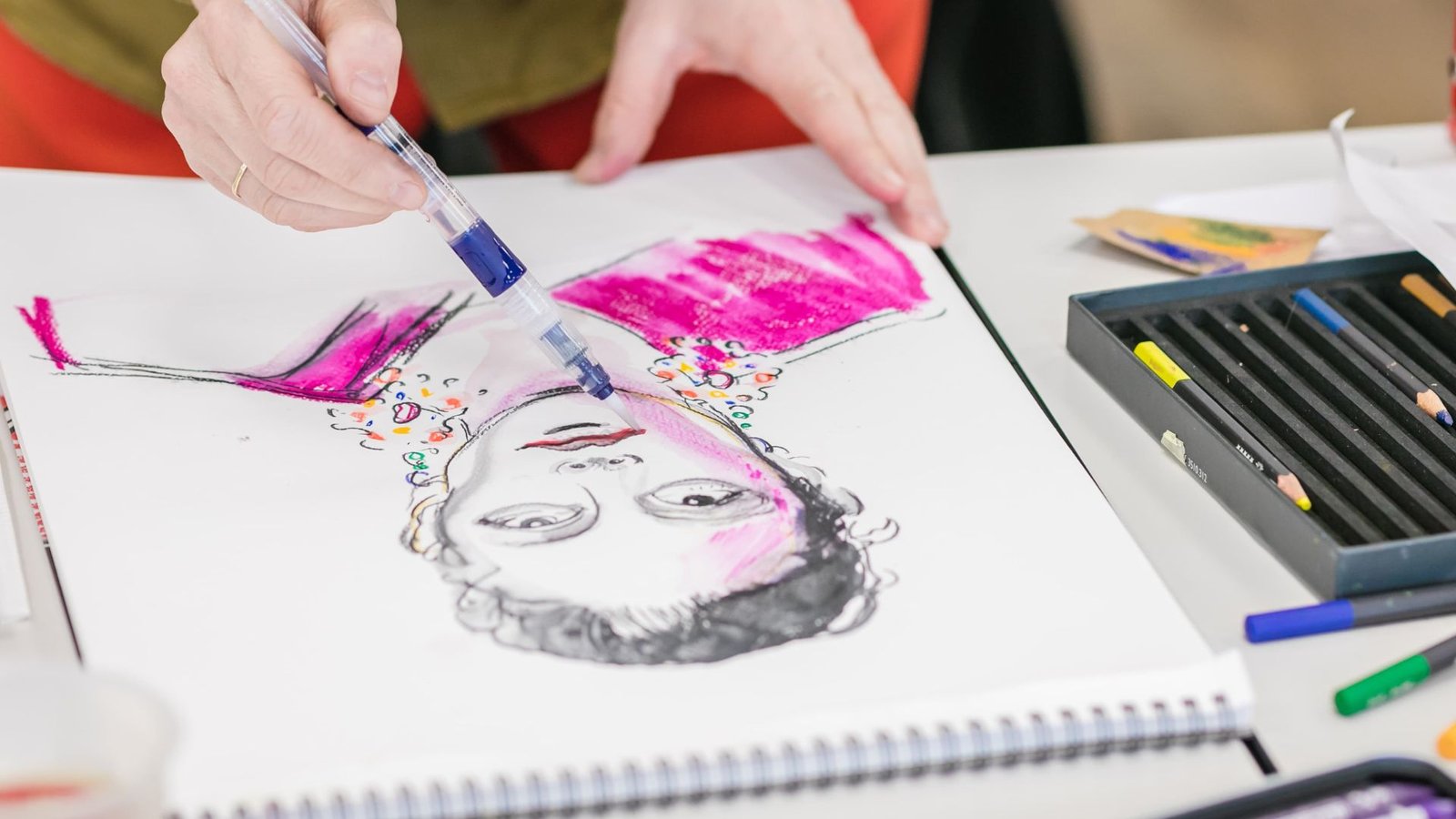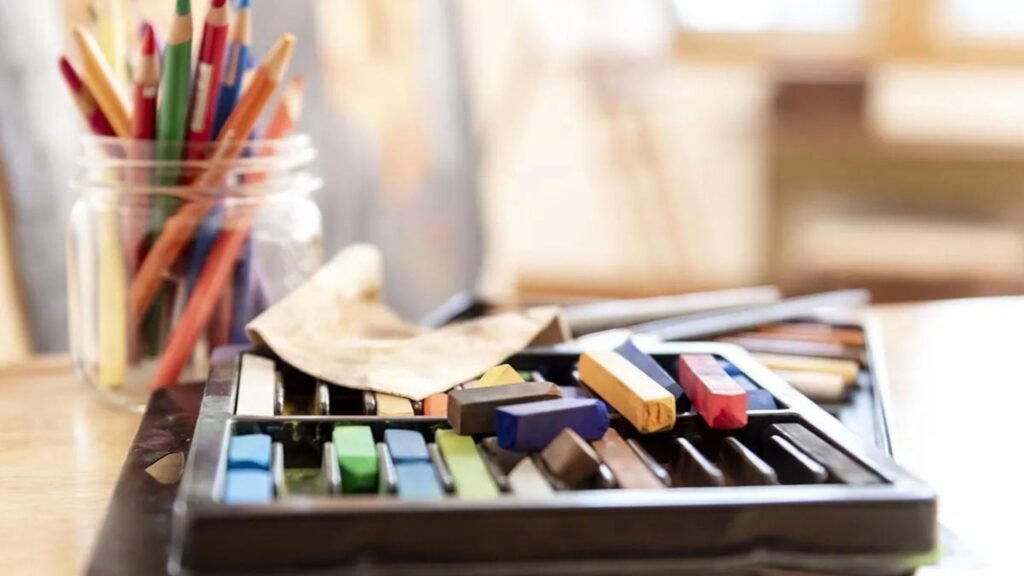Art Captures Emotions and Tells Timeless Stories – The Casino Connection
Art captures emotions and tells timeless stories. In much the same way, the world of casinos has long been linked with vibrant expression, rich history, and cultural symbolism. From the golden glamour of Las Vegas architecture to the smooth design of roulette tables, casinos offer more than just games—they tell a story through color, sound, and experience.

Casinos: Where Design Becomes Emotion
When you walk into a casino, you’re not just stepping into a building—you’re entering a sensory masterpiece. Every light, texture, and sound is designed to evoke a feeling. Much like a painting or sculpture, the layout of slot machines, the lighting over poker tables, and the rhythmic hum of roulette wheels speak to the emotions of anticipation, thrill, and hope.
Roulette: A Living Work of Art
Among all the games, roulette stands out as one of the most iconic. The spinning wheel, the contrast of red and black, and the click of the ball create a performance that’s as much art as it is chance. Just like a good story or a powerful painting, a roulette game builds tension, peaks with excitement, and leaves a lasting impression.
For those who want to experience the emotion and artistry of this timeless game online, you can try it here:
Art captures emotions and tells timeless stories
Appreciating Art and Enjoying Leisure
Exploring unique glass art pieces can be a relaxing and inspiring experience. For some engaging online entertainment, check out wolfwinner Casino to unwind and enjoy digital fun.
Casino Architecture: Storytelling Through Space
Casinos like the Bellagio in Las Vegas or Monte Carlo in Monaco aren’t just entertainment venues—they’re architectural masterpieces. Inspired by European palaces or modern art installations, these buildings guide visitors through spaces that feel dramatic and elegant. The atmosphere tells a story of wealth, mystery, and glamour—timeless themes echoed in many forms of traditional art.
Sourcing Quality and Trust in Digital Curations
The appreciation of fine art and unique craftsmanship is rooted in thoughtful curation and the quest for quality, a standard applicable across all leisure pursuits. Just as architects meticulously design spaces for optimal engagement, users in the digital sphere seek reliable platforms for their activities. Locating trusted resources that offer clear, verified information is crucial for making informed choices about online services and entertainment. For individuals seeking a dedicated guide to international sports and wagering, one such platform to review is www.kiwibetting.com.
Online Casinos and Visual Innovation
In the digital age, online casinos are becoming canvases for modern creativity. Designers now use high-definition visuals, interactive elements, and live dealers to make games more immersive. These platforms combine art and tech to deliver experiences that feel just as expressive and emotional as walking into a physical casino.
Appreciating Art and Entertainment
Glass art captivates with its elegance, creativity, and unique craftsmanship, offering a visual feast for enthusiasts. Visiting galleries provides inspiration and a deeper understanding of artistic expression. For moments of fun and leisure, many also explore platforms like jackpotjill Casino. Combining cultural experiences with lighthearted entertainment creates a well-rounded and enjoyable lifestyle.
Showcasing Artistry and Innovation in Glass
GlassGallery.net is dedicated to presenting exquisite glass art and creative designs that inspire and captivate audiences. The platform emphasizes craftsmanship, innovation, and aesthetic beauty in every piece. Similarly, Jackpotjillvip VIP Room Casino offers an engaging digital space where users can enjoy interactive and rewarding online experiences. Both platforms highlight the importance of creativity, quality, and meaningful engagement for their communities.
Earn Rewards
Discover exciting online games with real winning potential. Take part in Esperance earnings to boost your prizes and enjoy engaging gameplay. Generous bonuses and smooth features make each session memorable. Join now and start winning today!
Conclusion
Whether it’s a striking oil painting or the dramatic spin of a roulette wheel, art captures emotions and tells timeless stories. Casinos, in both physical and digital forms, offer a similar emotional journey—through bold design, thrilling gameplay, and symbolic visuals. So next time you play roulette, take a moment to appreciate the art behind the game—it just might tell you a story of its own.




